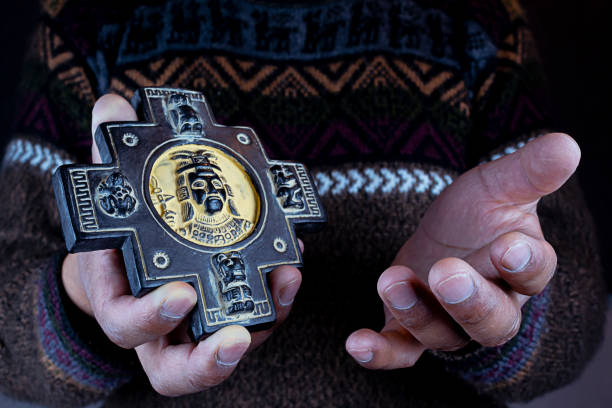
The Evolution of Men's Jewellery: From Ancient Kings to Modern Trends
Share
Men's jewelry has a long and storied history, dating back thousands of years. What once was a symbol of power, wealth, and status has evolved into a modern expression of personal style. Pendants and chains, in particular, have remained staples in men's fashion through the ages, adapting to cultural shifts while retaining their historic significance. In this blog, we explore the evolution of men's jewelry, from ancient kings and warriors to modern trends, and how these timeless accessories continue to make a statement today.
Jewelry in Antiquity: Symbols of Power and Dominance
In ancient civilizations, jewelry was worn by men to assert dominance, power, and wealth. The pharaohs of Egypt, for instance, adorned themselves with lavish gold jewelry to signify their divine status. The Uraeus, a cobra-shaped pendant, was worn by kings to symbolize their supreme authority and protection by the gods.
Similarly, in ancient Mesopotamia, warriors and rulers wore pendants featuring lions, suns, and gods to convey strength and command respect. These symbols were designed to invoke both fear and reverence, making men's jewelry an essential part of their image.
The Renaissance: A Golden Age for Men’s Jewelry
The Renaissance marked a significant revival of men's jewelry in Europe. With the expansion of trade routes, kings and aristocrats gained access to precious materials like diamonds and rubies. During this time, pendants became more ornate, often featuring religious symbols or the portraits of loved ones.
These pendants were worn proudly as a display of wealth and were often passed down as family heirlooms, symbolizing lineage and power. Jewelry was no longer just for rulers; wealthy merchants and politicians also used it to establish their social status.
Victorian Era and Beyond: Shifting Attitudes Towards Men’s Jewelry
By the Victorian era, men's jewelry began to take on a more understated form, with simpler designs reflecting changing attitudes. Industrialization made jewelry more accessible, allowing men of all classes to wear items like signet rings and pocket watch chains.
In the early 20th century, men’s jewelry briefly fell out of favor, as minimalist designs took precedence. However, by the 1960s and 1970s, with the rise of counter-culture movements and rock-and-roll, men’s jewelry—especially pendants and chains—made a bold comeback, this time with a more personal and rebellious edge.
Modern Times: The Return of Men's Pendants and Chains
Today, men’s jewelry is thriving once again, with pendants and chains at the forefront of modern fashion. Celebrities, athletes, and influencers proudly wear bold, statement pieces, often inspired by historical styles. Whether it's a Cuban chain or a crucifix pendant, men’s jewelry has regained its place as a symbol of personal expression and style.
At AstraVici, we embrace this history, offering pieces that are deeply rooted in historical design but crafted for the modern man. Our pendants draw from ancient symbols, providing a timeless look that speaks to both the past and present.
Men’s jewelry has evolved through the ages, but its significance as a symbol of power and style remains unchanged. From ancient kings to modern trendsetters, pendants and chains continue to make bold statements. Explore AstraVici’s collection of men’s jewelry and find the perfect piece to enhance your wardrobe.
